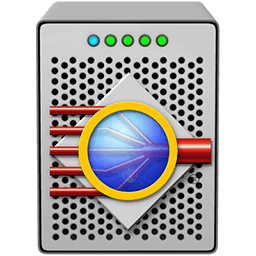


Increasing the burden of the computer operating system What are the PROS and CONS of software RAID? Operating system of the computer, therefore it cannot be used for partitions shared by multiple operating systems. Many server operating systems support RAID configurations, including Apple, Microsoft, and various versions of Unix/Linux systems. Once the operating system loads the RAID driver software, the RAID will become active. This will inevitably increase the overall burden on the server and may reduce the speed of RAID calculations. It is important to understand that the software RAID code utilizes the computing power of the CPU and shares computing power with the operating system and all related applications. All you need to do is to connect the drives and configure the desired RAID level. It is a built-in function on many operating systems that can convert the disks connected to the server into a RAIDĪrray. Or controller which also called software RAID or hardware RAID. So, what are the pros and cons of software RAID vs.hardware RAID?Ī simple way to describe software RAID is that the RAID task runs on the CPU of the computer system. Processing is required to carry out those actions, and that can take place on the host server's OS or in the storage array The different modes (mirroring, striping and parity) are used to define the different RAID levels. RAID levels greater than RAID 0 provide protection against unrecoverable sector read errors, as well as against failures of whole physical drives. Each scheme, or RAID level, provides a different balance among the key goals: reliability, availability, performance, and capacity.

The different schemes, or data distribution layouts,Īre named by the word "RAID" followed by a number, for example RAID 0 or RAID 1. RAID is a data storage virtualization technology that combines multiple physical disk drive components into one or more logical units for the purposes of data redundancy, performance improvement, or both.ĭata is distributed across the drives in one of several ways, referred to as RAID levels, depending on the required level of redundancy and performance. RAID is an acronym for Redundant Array of Independent Disks. RAID is now found everywhere–from operating system software features to stand-alone controllers providing advanced data integrity in high-end storage area networks. In the last couple of years, RAID technology has grown from a server option to a data protection requirement.


 0 kommentar(er)
0 kommentar(er)
